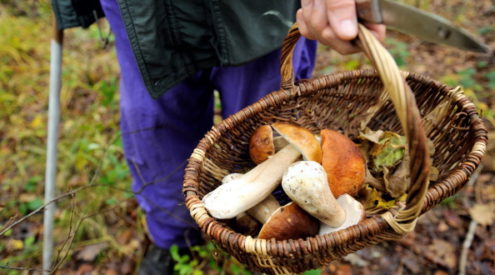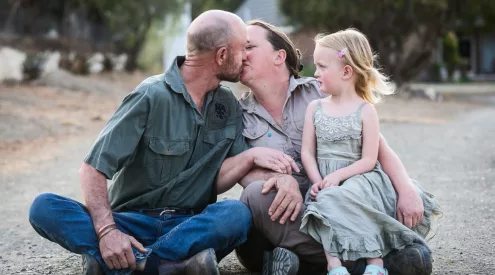We woke up in a bit of a rush this morning and finally managed to leave Pretoriuskop around 9:00. That is, Jan, Frans and I managed to leave around 9:00 – the camera guys were up at dawn, out the gates at the first opportunity to try get some better footage after yesterday’s failed game viewing.
It was a pretty uneventful drive down to Nelspruit and along the N4 to Gauteng. Slow trucks, road works and increasingly less interesting scenery outside the windows. I slept on the back seat until Jan cranked up the radio in a spiteful effort to wake me. Nothing like a blast of “˜Kaptein’ to jolt you back into the real world of braai touring. Thanks mate.
We arrived at the stunning Maropeng Hotel around 14:00 and were welcomed with all the bells and whistles. This has certainly be the most professional and well organised arrival we’ve had so far. After checking in we were ushered to our own immaculate rooms for a quick clean up, before sauntering back to the viewing deck to discuss our itinerary for tomorrow’s tour of the Sterkfontein and Swartkrans Caves. I’m really looking forward to this. The caves in the area have produced the most prolific finds of early hominid fossils in the world, which has earned them their rightful place as a World Heritage Site – our fifth of the tour so far.
Tomorrow we’ll be accompanied by archaeological experts who, judging from today’s brief preliminary discussion, are going to overwhelm us with the fascinating history of our early ancestors who lived here some 3 million years ago.
Jan is especially keen to see the Swartkrans Caves which contain burnt bone and ash, providing some of the oldest evidence in the world of the controlled use of fire. Some finds in East Africa slightly pre-date Swartkrans, but I think we can say that these finds are the oldest know examples of braaing in South Africa, likely by the Homo ergaster populations who’s fossilised remains have been found there. It is not known whether Homo ergaster had the ability to create fires themselves, but analysis of the burnt bone in the caves suggests that it must have been heated and then sustained at far hotter temperatures than would normally be achieved by a natural veld fire or lightning strike. Only the controlled use of fire – stoking and replenishing the coals – can create the furnace-like heat which has given the burnt remains their tell-tale signature to this day. It is going to be amazing to see it the site where all this has been discovered.
Of course no day on the Braai4Heritage tour would be complete without at least one braai and we had a great one here on the deck of the Maropeng Hotel. We’re up at dawn for our tour tomorrow and more blogging to follow when it’s all over.

















